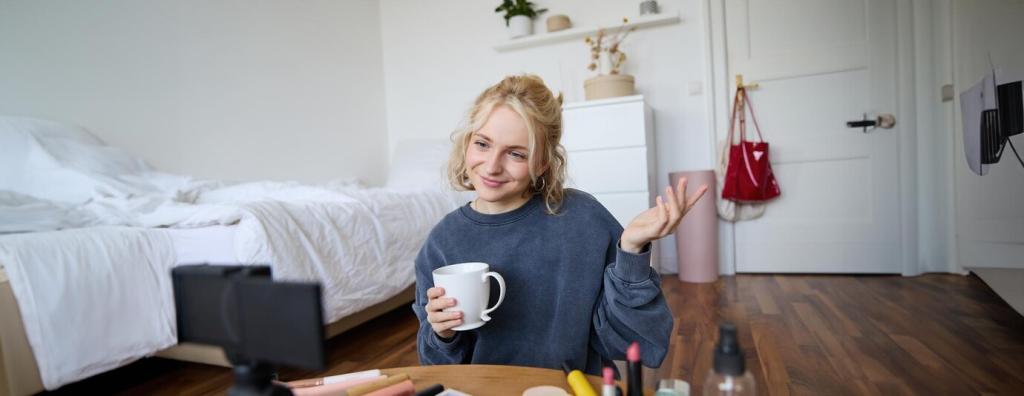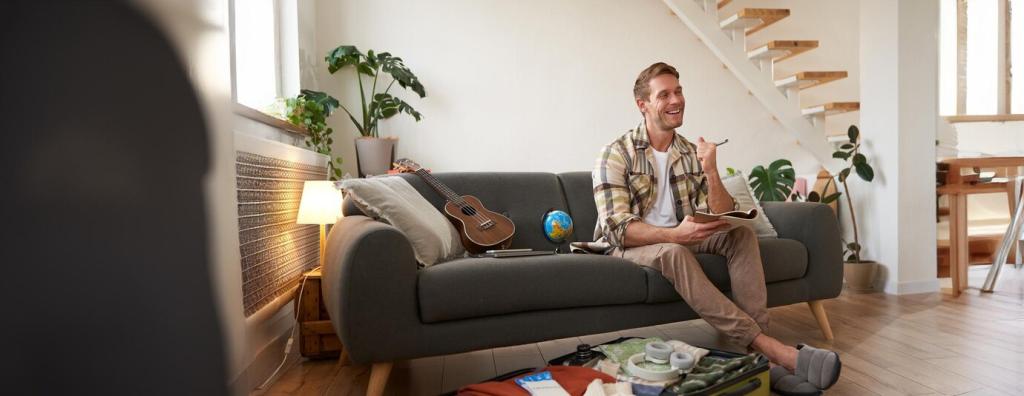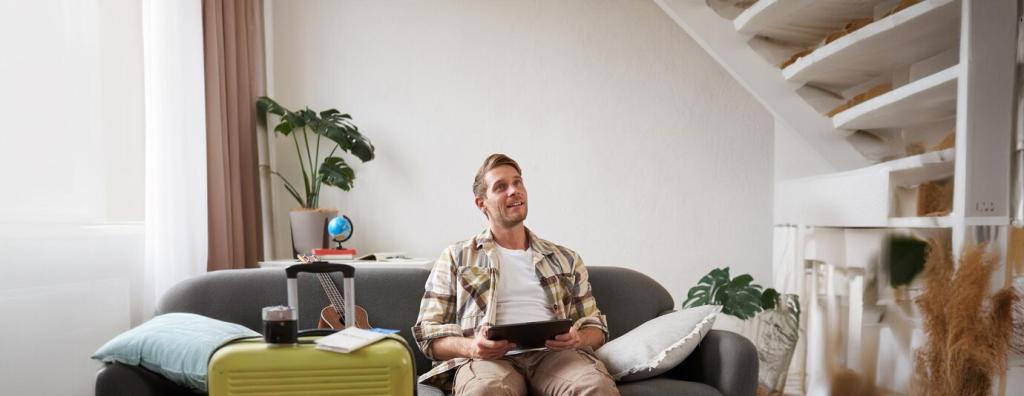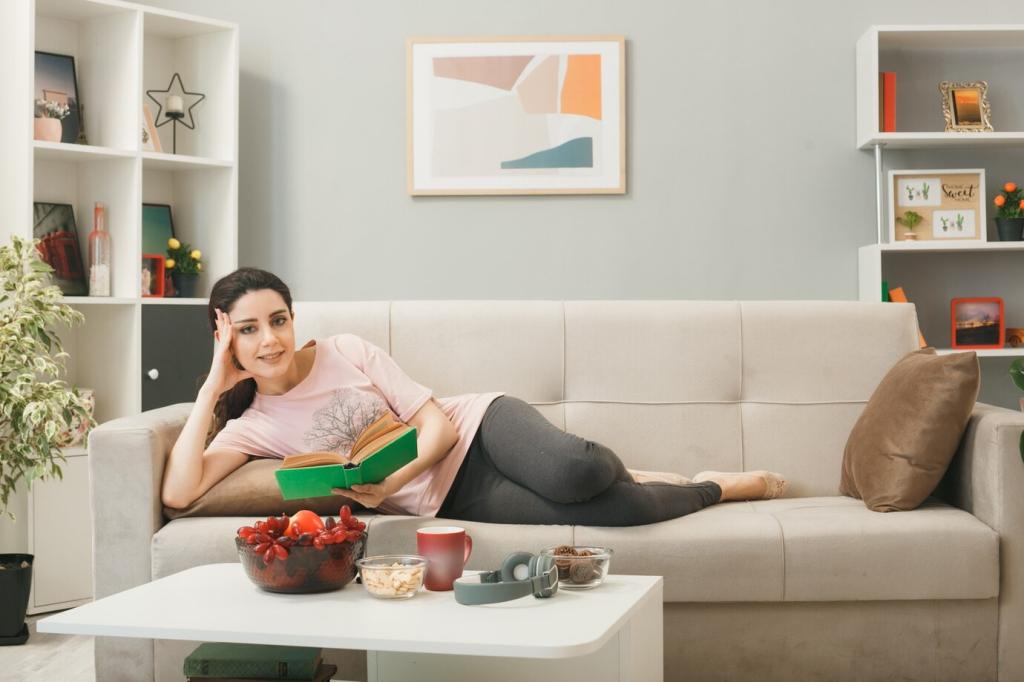
Minimalist Design Principles for a Tranquil Home
Minimalist design is more than just a visual style; it is a philosophy that seeks to create spaces defined by calm, simplicity, and purpose. By stripping away excess and focusing on essential elements, minimalist design cultivates environments that are both beautiful and deeply restorative. This approach fosters tranquility, reduces visual clutter, and enhances daily living by encouraging mindfulness and clarity in our surroundings.
The Essence of Minimalism
A minimalist space is defined by its balance between openness and function. The absence of unnecessary items yields an unburdened atmosphere, allowing you to both relax and focus. This sense of order and openness means every piece has a reason to exist, whether it’s for function or emotional value. The design ethos encourages intention, helping you make conscious decisions about what to keep and display.

Achieving Balance Through Space
Balancing Openness and Function
Minimalist homes are crafted to balance openness with practical living needs. Large expanses of space place a spotlight on the essentials, highlighting comfort and movement. Intentionally arranged furniture provides functionality without disrupting the visual peace that open space brings. This careful calibration means your home remains both serene and livable, making daily routines effortlessly calming.
Celebrating Negative Space
Negative space, or the empty areas between objects, has an active presence in minimalist design. Rather than simply being blank, these areas set the tone for the room, drawing attention to select items and preventing sensory overload. Negative space becomes a breathing room for the eyes, infusing the home with a sense of lightness and making each design element more impactful.
Mindful Traffic Flow
Effective minimalist design understands and respects the way people move through a space. Intentional pathways are cleared, creating a gentle, natural flow from one area to the next. This mindful organization encourages quiet transitions between daily tasks and enhances the overall sense of order and tranquility within the home.
Simplified Color Palettes
Neutrals such as whites, creams, soft grays, and earth tones provide a peaceful canvas for minimalist design. These shades calm the mind, reflect light, and allow the eye to rest, all while opening up the space. By eschewing bold or excessive hues, you create harmony and seamless room-to-room transitions, ensuring your environment supports relaxation.
Purposeful Furnishings
Essentials Only
Minimalist design is grounded in the principle of essentials only—every furnishing must serve a clear and intentional purpose. Furniture is selected or even custom-designed for multifunctionality, maximizing utility without crowding the space. This ensures your home remains open and uncluttered, yet never sparse, striking a harmonious balance between need and nurture.


Clean Lines and Form
Furniture featuring clean lines, gentle curves, and unfussy forms complements the calming nature of minimalist design. These shapes create an understated elegance, encouraging the eye to move smoothly across the room. By minimizing ornate detailing, the overall look feels coherent and restful, fostering a serene backdrop for daily life.
Quality Over Quantity
Investing in Craftsmanship
Choosing fewer, better-made items encourages long-term satisfaction and sustainability. Well-crafted pieces bring character, reliability, and a tactile depth to your home. This not only reduces waste but also creates a more meaningful relationship with your possessions, reinforcing emotional tranquility through enduring quality.
Meaningful Collections
Minimalist homes embrace meaningful collections—objects imbued with personal sentiment or utility, each telling a story. Rather than displaying everything at once, select cherished pieces are given room to breathe, transforming them into quiet focal points. The result is an environment that feels curated yet authentic, sparking joy and comfort with every glance.
Letting Go of Excess
Letting go is an active part of embracing quality over quantity. This means releasing rarely used or unloved items, and nurturing the things that truly serve or delight you. The process of paring back is liberating, leading to less distraction and a clearer focus on what matters most in your home and life.
Previous slide
Next slide

Seamless Storage Solutions
One secret to maintaining a minimalist environment is integrated storage that keeps visual clutter at bay. Built-in shelving, hidden compartments, and multipurpose furniture provide ample space to tuck away belongings, letting the design’s clean lines speak for themselves. This hidden order translates directly to peace of mind, ensuring spaces remain tidy and inviting.

Intuitive Layouts
A minimalist home layout encourages natural, unimpeded movement and purposeful zoning. Arrangements are tailored to support daily habits, with everything from dining to leisure activities flowing smoothly. This intuitive approach creates a sense of rhythm throughout the space, fostering a calm setting where life’s routines are easier to manage.

Technology with Discretion
Technology is integrated into minimalist homes with subtlety. Devices are often concealed or seamlessly incorporated, supporting modern life without becoming an aesthetic distraction. By keeping cords, screens, and gadgets unobtrusive, the focus remains on relaxation and well-being, allowing spaces to feel serene and fully present.
